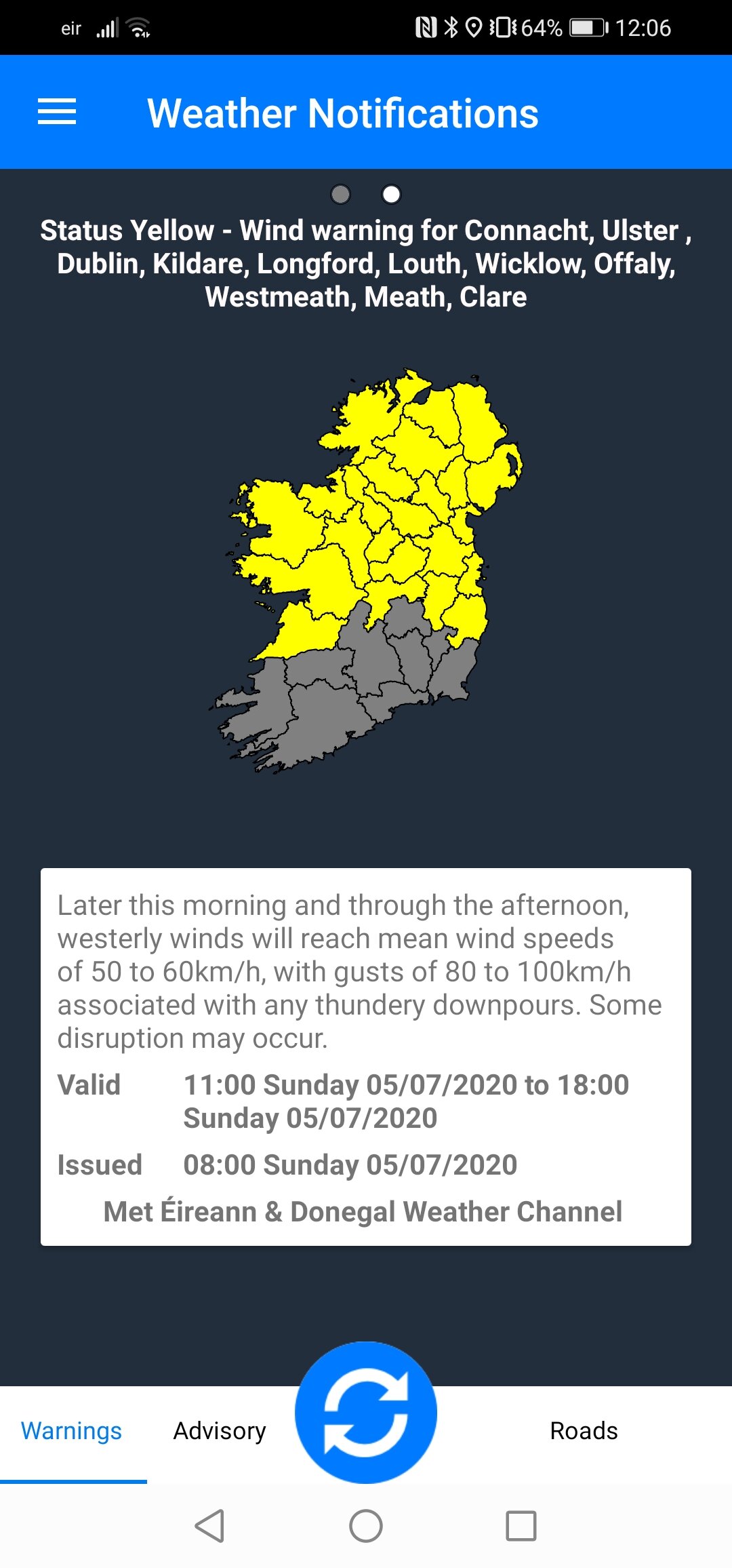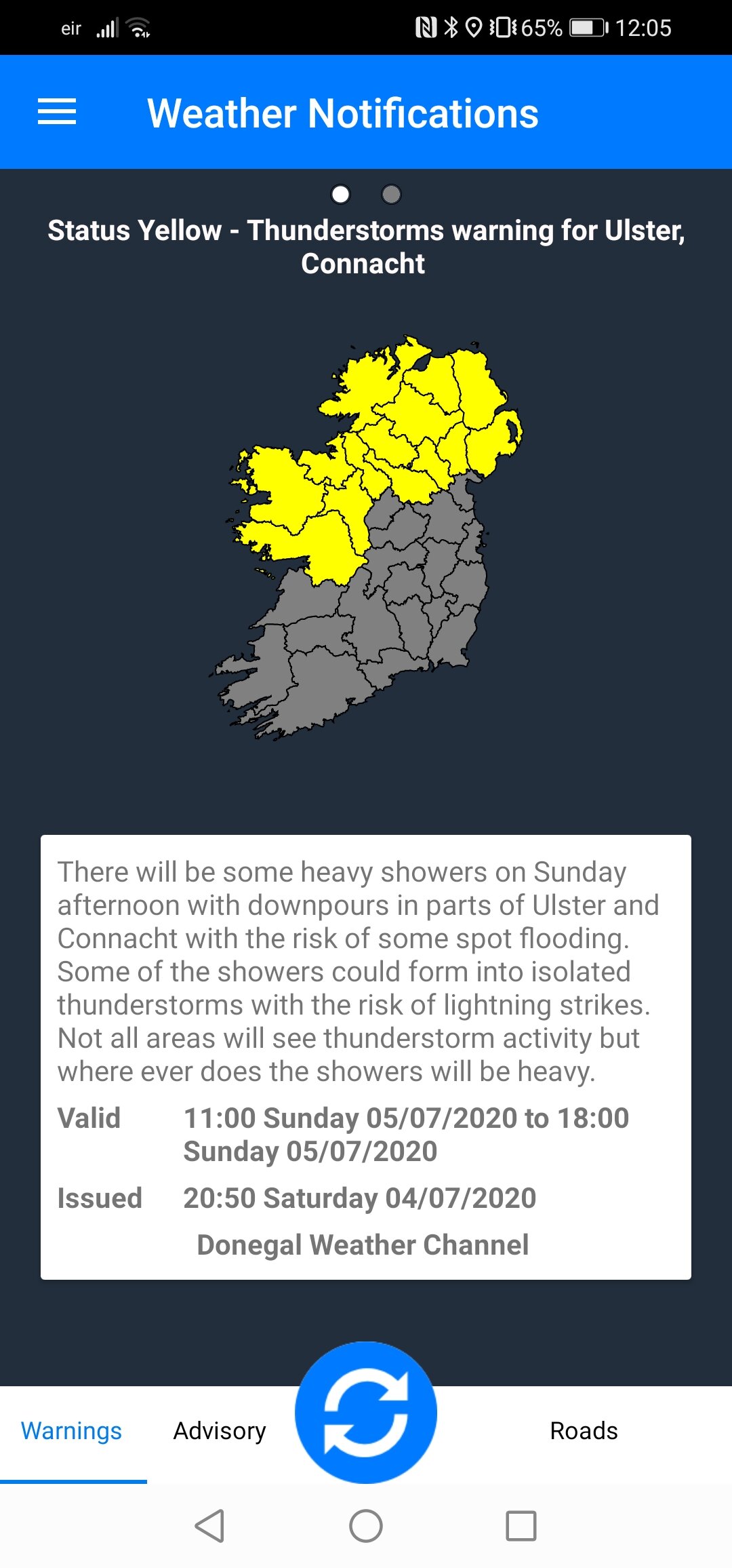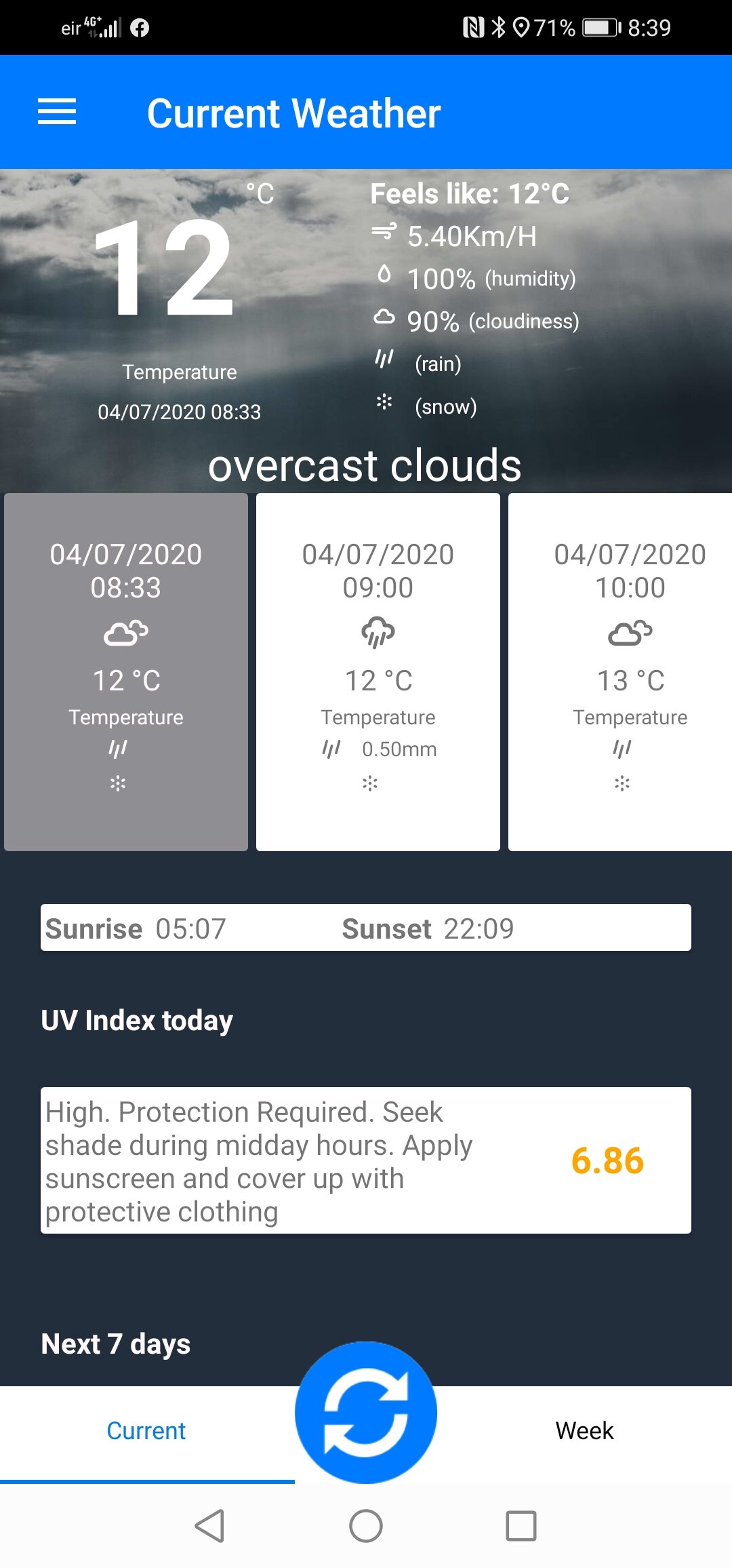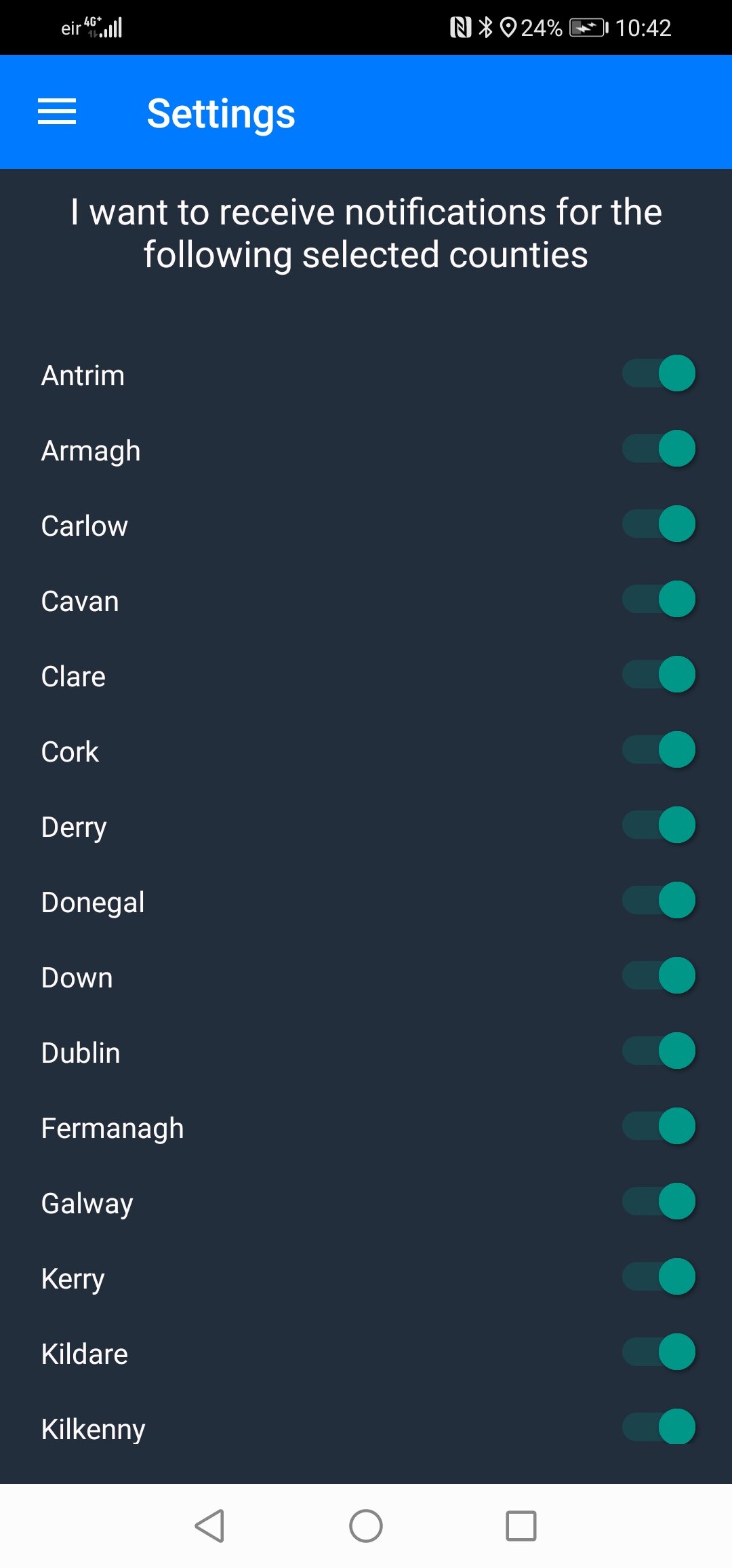The Perseid Meteor Shower - Get ready for the best meteor shower of 2020 which peaks in a week
It's early August, and that means the Perseid meteor shower is active and about ready to peak.
The Perseids are one of the best and brightest batches of shooting stars, and it feels like we could use them now more than ever to add a little wonder and distraction into some pretty dismal times.
This famous shower comes around this time every year as the Earth drifts through a debris cloud left behind by the giant comet 109P/Swift-Tuttle. Bits of dust, pebbles and other cosmic detritus slam into our atmosphere, burning up into brief, bright streaks and even the occasional full-blown fireball streaking across the night sky.
In 2020, the Perseids are expected to peak on Aug. 11 and 12, when the moon should be a little less than half full.
The popularity of the shower is a combination of the fact that it's one of the strongest, with up to 100 visible meteors per hour on average, and it's coinciding with warm summer nights in the northern hemisphere. The waning moon is likely to wash out many otherwise visible meteors, but that still leaves plenty that should be easy to see if you do a little planning.
The moon will begin to totally disappear after mid-month, and although the Perseids will be past their prime, they will still be active and visible. This shower at half-peak with totally dark skies could be about the same as full peak with a bright moon, so don't think you must go out on the peak night to catch it.
It doesn't really matter where in the sky you look, so long as you have a broad view. That said, the Perseids will appear to radiate out from the constellation of Perseus, the Hero. If you want to practice to be an advanced meteor spotter, locate Perseus and try focusing there while you watch. Then try just looking up without focusing anywhere. See if you notice a difference. We're still dealing with the unpredictability of nature, so results will vary.
* Only ANDROID users at moment.
* Features under development.

















